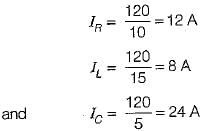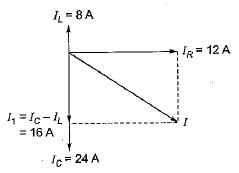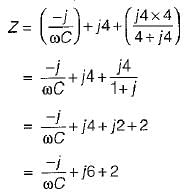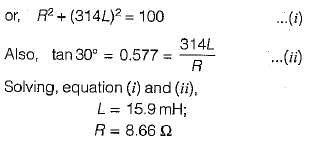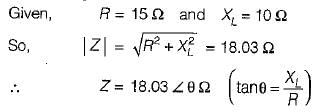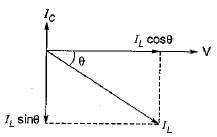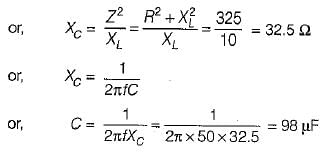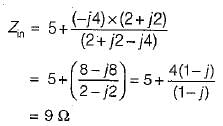Test: Sinusoidal Steady-State Analysis - 1 - Electronics and Communication Engineering (ECE) MCQ
10 Questions MCQ Test - Test: Sinusoidal Steady-State Analysis - 1
The phasor diagram shown in figure below is for a two-element series circuit having
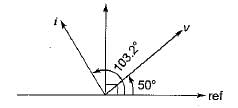

For the circuit shown below, the voltage across the 3 Ω resistor V3 is
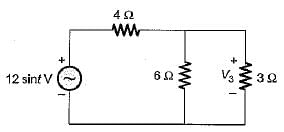

A part of a circuit shown below consists of a resistor, a capacitor and an inductor. At steady state, iR(t) = 10 sin t and vL{t) = 5 cost. The rms value of the current through the capacitor is
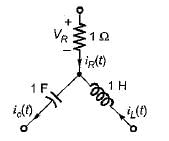

In the circuit shown below, currents I and I1 are respectively
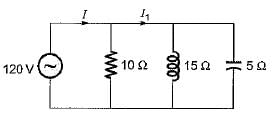
What should be the value of C for the circuit shown below such that the input power factor is unity for any frequency f of the source?
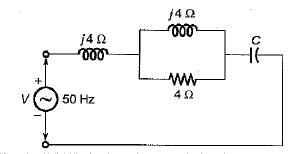
In a series R-L circuit, the current and voltages are given by
i = cos (314t-20°) , v = 10 cos ( 314 t + 10°). The values of R and L are respectively
A series R-L circuit has resistance and reactance of 15 Ω and 10 Ω respectively. What should be the value of capacitor which when connected across the series combination in parallel, the system attains unity p.f.? (use f= 50 Hz)
The input p.f. of the circuit shown below is
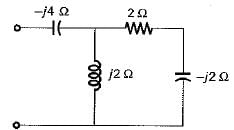
The input admittance of the circuit shown below is
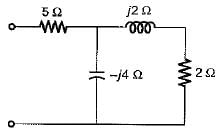
The driving point impedance

does not represents a passive one port network because







